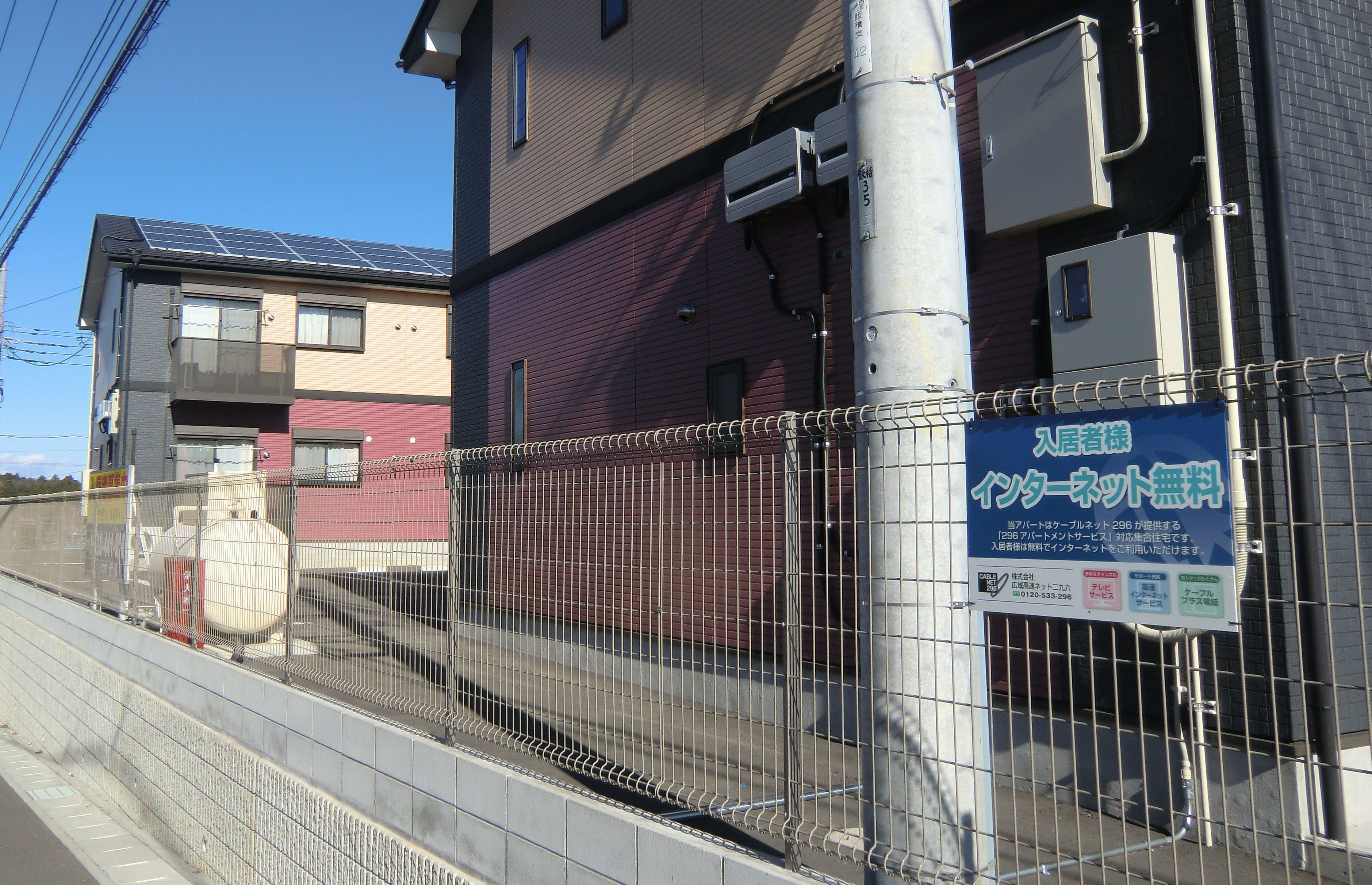According to the most recent census, as of 2010 the population of Japan stood at a little less than 128 million, and if demographic trends continue at the current rate it will be 107 million in 2030 and 97 million in 2050. Despite this projected decline, 369,993 new rental units were built in Japan last year; up from 291,804 built in 2010, an increase that sounds counterintuitive given the population drop, though the trend could be a reflection of perceived changes in housing preferences.
As families become more atomized, the number of single-person households in Japan is also increasing. This and the fact that regular, full-time employment is less secure, may put people off the purchase of a home. In more practical terms, landowners are building more rental units on their properties in order to lower their own various tax bills.
In any case, the nationwide vacancy rate for rental units in 2013 was 18.9 percent. The vacancy rate for all residences in Japan is 13.5 percent. Rental vacancies drop somewhat in large cities. It's 11.9 percent in the 23 wards of Tokyo, though rates vary widely depending on the location. In the cheaper, outlying wards, it's between 7 and 9 percent, while in much more expensive Chiyoda Ward it's 36 percent.



















With your current subscription plan you can comment on stories. However, before writing your first comment, please create a display name in the Profile section of your subscriber account page.